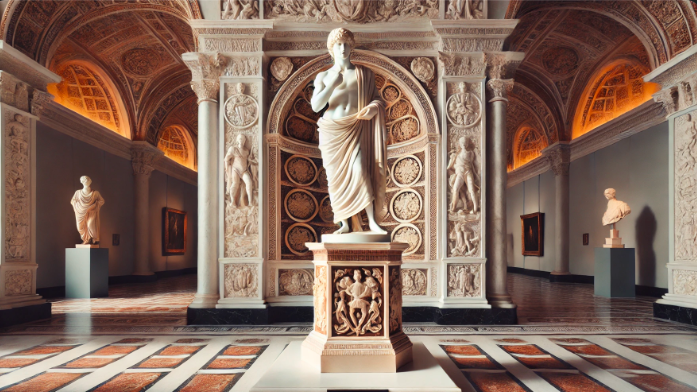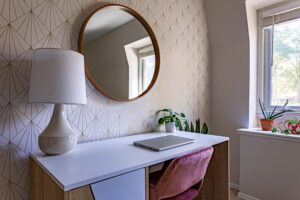Pedistool: Comprehensive Guide to History, Design, and Importance

Understanding Pedistools
A pedistool, often referred to as a pedestal, is a structure used to support a statue, column, or decorative item. The term has its origins in the Latin word “pedestal,” meaning a foot or base. Over centuries, the pedistool has served both functional and aesthetic purposes in architecture and art, acting as a symbol of stability, elegance, and prominence.
Historical Evolution of Pedistools
Ancient Civilizations
The history of the pedistool dates back to ancient civilizations. The Greeks used intricately carved pedistools to elevate statues of gods and heroes, often placing them in temples or public spaces. Similarly, Roman architecture adopted pedistools to support their famed columns and commemorate military victories. These early designs emphasized both structural stability and artistic expression.
Renaissance Revival
During the Renaissance, the pedistool experienced a resurgence in popularity. This period saw the creation of iconic masterpieces like Michelangelo’s David, where the pedistool was not merely functional but an integral part of the artwork’s grandeur. Renaissance designers emphasized proportionality and symmetry, often crafting pedistools from marble to match the opulence of their creations.
Modern Era
In the modern era, pedistools have evolved into versatile design elements. While their historical use remains significant, contemporary pedistools are crafted from materials like steel, concrete, and composites. They are widely seen in urban architecture, furniture design, and public monuments, reflecting innovation and adaptability.
Architectural Significance of Pedistools
Pedistools play a vital role in architecture, contributing both functionally and aesthetically. Structurally, they provide a stable base for heavy objects like columns or statues, ensuring longevity and balance. Aesthetically, pedistools enhance the visual appeal by drawing attention to the supported object, creating a sense of elevation and prominence. The interplay of size, material, and design in a pedistool often determines its effectiveness in harmonizing with the surrounding architecture.
Types of Pedistools
- Single-Piece Pedistools: These are carved from a single block of material, offering durability and a seamless appearance.
- Composite Pedistools: Constructed from multiple materials or sections, these are often more economical and versatile.
Based on Function:
- Supportive Pedistools: Used to bear the weight of structures like columns or statues.
- Decorative Pedistools: Designed for aesthetic purposes, often found in gardens or interiors.
Materials Used in Pedistool Construction
| Material | Characteristics | Common Uses |
|---|---|---|
| Stone (e.g., marble) | Durable and elegant | Historical monuments and statues |
| Wood | Lightweight and versatile | Interior furniture and decor |
| Concrete | Strong and cost-effective | Modern architecture |
| Metal (e.g., steel) | Sleek and industrial | Urban designs and sculptures |
The choice of material depends on factors such as intended use, budget, and environmental considerations.
Cultural and Symbolic Meanings
Pedistools often hold cultural and symbolic significance. In religious contexts, they elevate sacred artifacts, signifying reverence and divine importance. Public monuments use pedistools to symbolize honor and achievement, as seen in war memorials and statues of national leaders. Additionally, the metaphorical use of “pedistool” in language reflects the act of placing someone in high regard.
Notable Examples of Pedistools
- The Statue of Liberty’s Pedistool: This massive structure serves both as a foundation and a symbol of freedom.
- Nelson’s Column: Located in London, this towering monument exemplifies the grandeur of pedistools in public art.
- Michelangelo’s David: The carefully crafted pedistool enhances the statue’s impact, drawing viewers’ attention upwards.
Design and Proportionality Principles
Effective pedistool design relies on careful attention to proportions. Classical architectural orders, such as Doric, Ionic, and Corinthian, offer guidelines for pedistool dimensions. Modern designs prioritize both functionality and aesthetics, often incorporating innovative materials and minimalist styles to suit contemporary tastes.
Construction Techniques
Traditional pedistool construction involved manual craftsmanship, requiring meticulous carving and assembly. Today, advanced techniques like 3D printing and CNC machining enable precise and efficient production. Restoration of historical pedistools demands a blend of traditional skills and modern technology to preserve their original charm.
Pedistools in Furniture Design
In furniture design, the pedistool has found a unique role, particularly in tables and desks. The pedistool desk, characterized by its central support, offers both stability and space efficiency. Pedistool tables, often used in dining and decor, combine functionality with elegance, making them a popular choice in modern interiors.
Maintenance and Preservation
Maintaining pedistools involves addressing common issues like weathering, cracks, and discoloration. Regular cleaning, protective coatings, and timely repairs can extend their lifespan. For historical pedistools, preservation efforts include detailed documentation, material analysis, and restorative interventions to maintain their integrity and heritage value.
Conclusion
The pedistool is more than just a structural element; it is a testament to the interplay of art, engineering, and symbolism. From ancient temples to modern furniture, pedistools continue to captivate and inspire. As design trends evolve, the enduring relevance of pedistools highlights their importance in bridging tradition and innovation.
Related Articles
Exploring eBook Hunter: A Comprehensive Guide
The Ultimate Guide to Botox Schampoo Bestest Produkt Hexlong
Discover Youtu-Chan: A Comprehensive Guide to Your Gaming and Entertainment Hub
Recordbate: A Comprehensive Guide to Features, Privacy, and Opportunities








